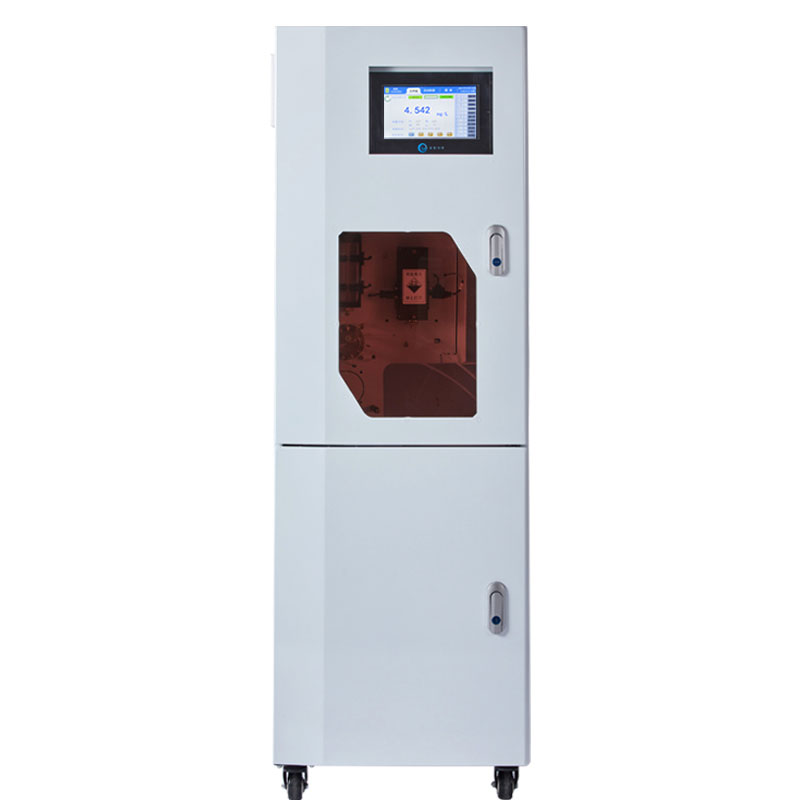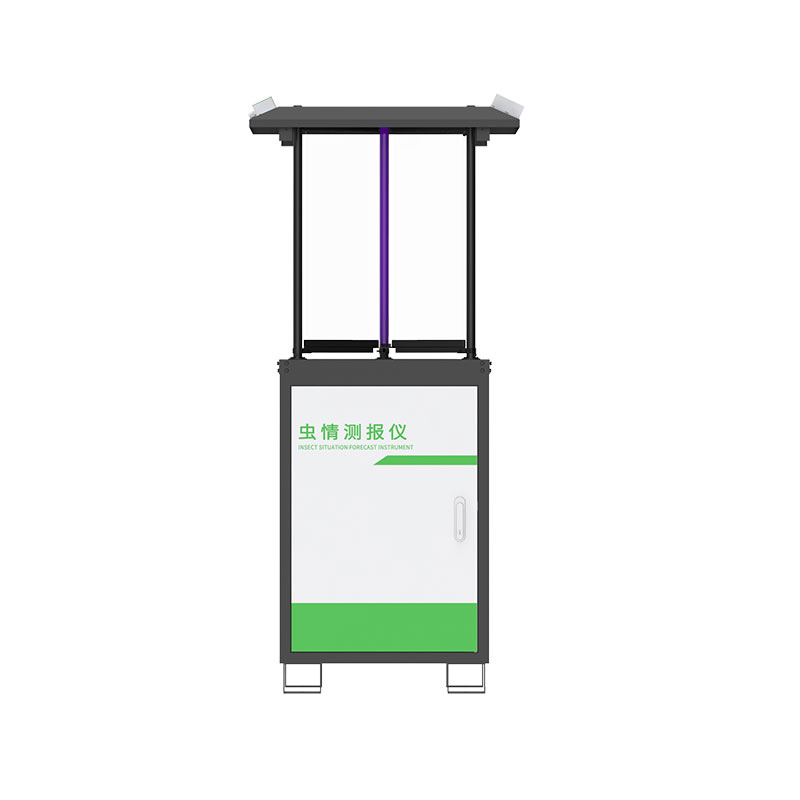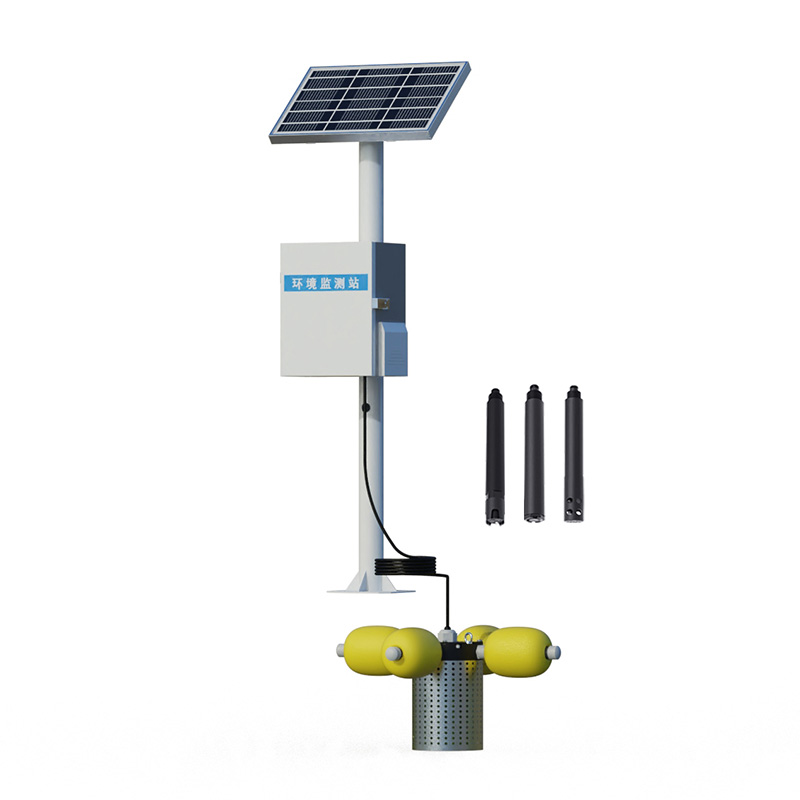Agricultural soil moisture monitoring is to systematically observe and analyze the soil humidity condition. "Soil moisture" refers to the degree of soil dryness or wetness and is a crucial factor for crop growth. The monitoring contents include soil water content, which can be expressed in terms of volume or weight water content. For example, a soil volume water content of 20% in a certain farmland means that there is 0.2 cubic meters of water per cubic meter of soil; soil water potential, which reflects the energy state of soil water and determines the direction and speed of water movement; and the influence of soil texture on soil moisture. Sandy soil has poor water retention, clay has strong water retention, and loam is moderate.
There are traditional and modern monitoring methods. The traditional drying method involves collecting soil samples, drying them in an oven, and then calculating the water content based on the weight difference. Although accurate, it is time-consuming, labor-intensive and destructive. The tensiometer method can measure soil water potential. The principle is that the soil absorbs water, resulting in a change in the negative pressure in the tensiometer. However, its measurement range is limited. The modern time domain reflectometry (TDR) method determines the dielectric constant according to the propagation speed of electromagnetic waves in the soil to obtain the water content and can read quickly. The remote sensing monitoring method uses satellite or aerial remote sensing to receive the electromagnetic radiation of the soil and invert the water content, enabling large-area and rapid monitoring.
Monitoring soil moisture can guide rational irrigation. For example, ensuring an appropriate water content during the jointing stage of wheat according to the monitoring can promote high yields. It can also provide early warning for drought resistance and disaster reduction. During drought, monitoring soil moisture allows for taking actions in advance and providing data for agricultural insurance and so on. Moreover, it can improve the utilization efficiency of water resources. Based on the differences in soil moisture in different regions, the distribution of irrigation water can be optimized to promote the sustainable utilization of agricultural water.

This paper addresses:https://fengtusz.com/industry/577.html









